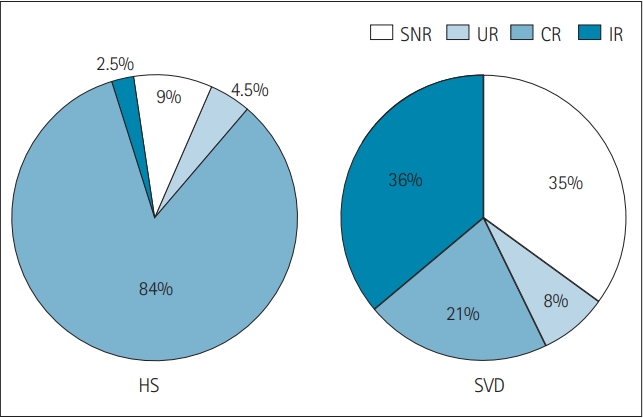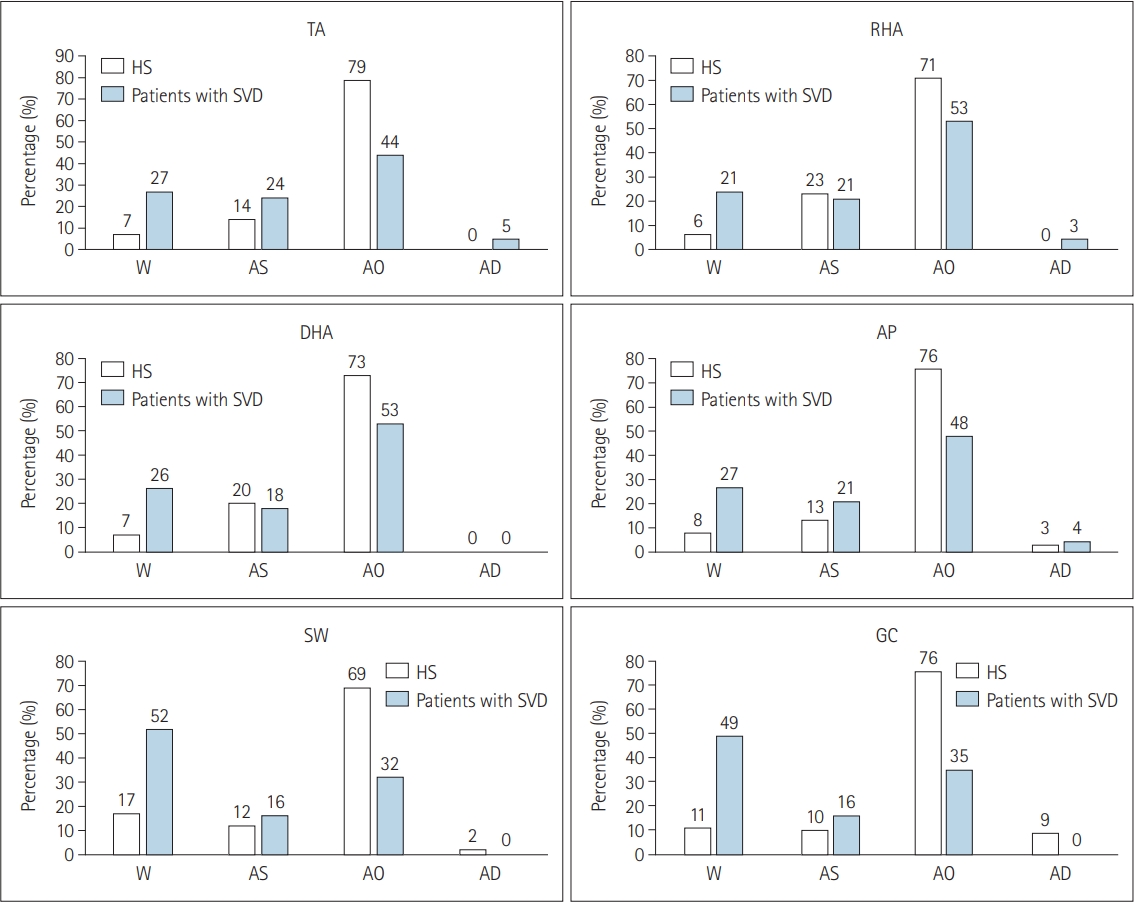1. Breus TK. Chronobiology and heliobiology-studies of factors infusing the formation of biological rhythms. Chronobiology and Chronomedicine. Moscow: PeoplesŌĆÖ Friendship University of Russia, 2018, p. 41ŌĆō63.(in Russian).
2. Komarov FI, Rapoport SI, Breus TK, Chibisov SM. Desynchronization of biological rhythms in response to environmental factors. Clin Med 2017;95:502ŌĆō512.

3. Komarov FI, Rapoport SI, Breus TK, Chibisov SM. Desynchronization of biological rhythms in response to the impact of environmental factors. Chronobiology and Chronomedicine. Moscow: PeoplesŌĆÖ Friendship University of Russia, 2018, p. 80ŌĆō107.(in Russian).
6. Zeng W, Liang X, Wan C, Wang Y, Jiang Z, Cheng S, et al. Patterns of mortality from cardiac-cerebral vascular disease and influences from the cosmos. Biol Rhythm Res 2014;45:579ŌĆō589.

7. Avcin AP, Javoronkov AA, Strochkova LS. Microelementosiz of the man. Elements homeosaexpeinvestigation. Trace Elem Med 1991;20:21ŌĆō26.
8. Kanabrocki EL, Scheving LE, Olwin JH, Marks GE, McCormick JB, Halberg F, et al. Circadian variation in the urinary excretion of electrolytes and trace elements in men. Am J Anat 1983;166:121ŌĆō148.


9. Lugovaya EA, Stepanova EM, Gorbachev AL. Approaches to the body element status assessment. Trace Elem Med 2015;16:10ŌĆō17.(in Russian).
10. Skalny AA. Physical activity and trace element metabolism. Trace Elem Med 2020;21:3ŌĆō12.(in Russian).

11. Asatryan LG, Chibisov SM, Babyan LA, Mirzoyan IA, Gulyan AK, Sarafyan PK, et al. Temporal structure of electrolytes and trace elements homeostasis in stress and ischemic heart disease. Trace Elem Med 2019;20:21ŌĆō26.(in Russian).

12. Astabatsyan MA, Babayan LA, Gulyan AK, Mirzoyan IA, Sarafyan PK. Chronostructure of water- mineral homeostasis in IHD. Trace Elem Med 2018;19:35ŌĆō42.(in Russian).

13. Babayan LA, Chibisov SM, Gulyan AK, Sarafyan PK, Ivanyan SA, Mirzoyan IA, et al. Temporal organization of electrolytes and trace elements homeostasis in cardiovascular pathology and in immobilization stress. Insights Biomed 2019;4:14.
15. Gulyan AK, Babayan LA, Arutyunayn TsG, Gasparyan NA, Mikaelyan AK, Grigoryan SG. The influence of rhythms of hydrometeorological indices on the water-mineral homeostasis in hypertensive disase. Trace Elem Med 2020;21:22ŌĆō26.(in Russian).
16. Hayrapetyan HG, Babayan LA, Gulyan AK, Sarafyan PK, Danoyan HE, Petrosyan ZS. et al. Influence of weather indices on water-mineral homeostasis in patients with cardiovascular pathology. Insights Biomed 2020;5:18.
17. Smolensky MH, Hermida RC, Portaluppi F. Comparison of the efficacy of morning versus evening administration of olmesartan in uncomplicated essential hypertension. Chronobiol Int 2007;24:171ŌĆō181.


18. Wilson DW, Cornelissen G, Lee GC. The analysis and presentation of chronobiological data. World Health J 2016;8:392.
19. Aslanian NL, Shukhian BM, Krishchian EM, Babayan LA. Application of dispersion analysis for revealing of dian curves repetition of urine, sodium and potassium excretion. Laboratornoe Delo 1984;1:49ŌĆō50.(in Russian).
20. Aslanian NL. Some recommendation for methods of biorhythmological investigation in clinical medicine. In: Komarov FI, Romanov YA. editors. Problems of chronobiology, chronopathology, chronopharmacology and chronomedicine. Ufa: Medical Institute, 1985, p. 25ŌĆō26.(in Russian).
21. Krishchian EM. Application of approximation methods for sinusoidal rhythms revealing. In: Komarov FI, Romanov YA. editors. Problems of chronobiology, chronopathology, chronopharmacology and chronomedicine. Ufa: Medical Institute, 1985, p. 36ŌĆō37.(in Russian).
22. Bingham C, Corn├®lissen G, Halberg E, Halberg F. Testing period for single cosinor: extent of human 24-h cardiovascular ŌĆśsynchronizationŌĆÖ on ordinary routine. Chronobiologia 1984;11:263ŌĆō274.

23. Carandente F. From the glossary of chronobiology. La Ricerca Clin Lab 1984;14:149ŌĆō156.


24. Halberg F, Carandente F, Cornelissen G, Katinas GS. Glossary of chronobiology (authorŌĆÖs transl). Chronobiologia 1977;4 Suppl 1:1ŌĆō189.

25. Tromp SW. Clinical applications of human biometeorology. Tidsskr Nor Laegeforen 1968;88:1465ŌĆō1471.












